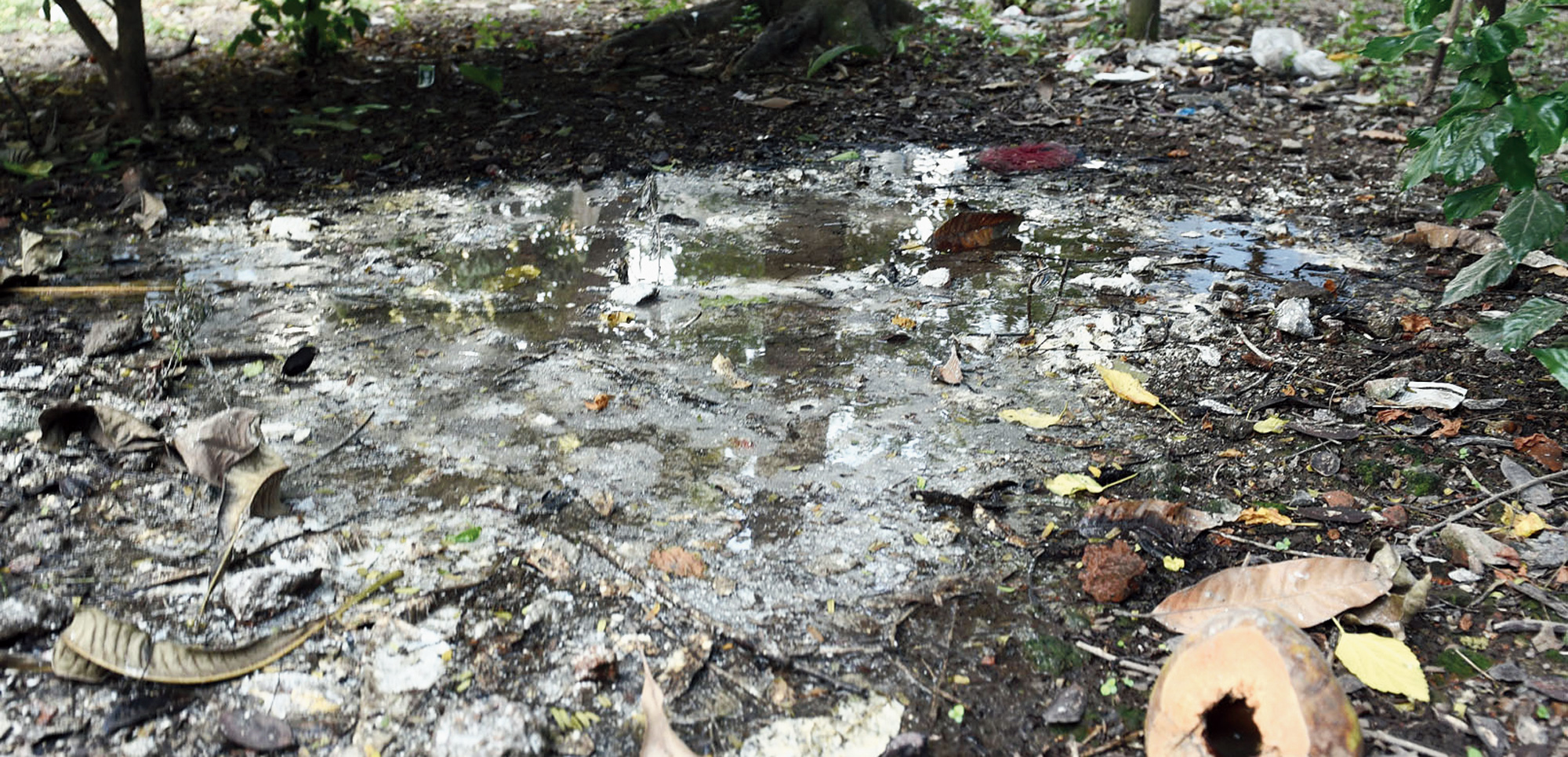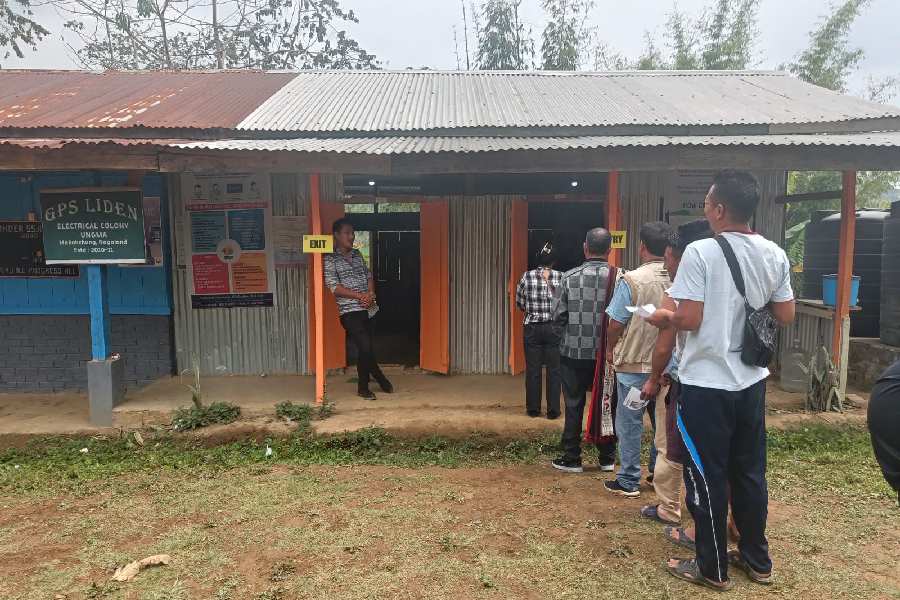The state government is asking doctors to follow a protocol while treating dengue patients in an attempt to minimise errors that can lead to fatal consequences.
The lack of adherence to a protocol in previous dengue seasons had resulted in conflicting responses from doctors, with some pressing the panic bell every time a patient tested positive for the disease and others ignoring telltale signs even when a patient was critical.
In the absence of a protocol, some doctors advised hospitalisation or platelet transfusion even when such a step was not required, a doctor said. There were instances in previous years of families running from one hospital to another to get critical patients admitted as most beds were occupied because of rampant — and often unnecessary — advice for hospitalisation.
Ajoy Chakraborty, director of health services, said the protocol — Clinical Management of Dengue for Medical Officers — had been posted on the website of the state health department. He urged doctors to see to it that wrong treatment did not lead to death.
“We have uploaded the protocol for the management of dengue on our website. The protocol has to be followed (during the treatment of dengue patients),” Chakraborty said at a workshop organised by the Calcutta Municipal Corporation on treatment of dengue and other vector-borne diseases on Saturday.
Dengue is spread by the Aedes aegypti mosquito, which breeds in clear, stagnant water.
An official in the health department said the protocol had been prepared with inputs from the World Health Organisation, the National Vector-Borne Disease Control Programme and government doctors with years of experience in treating dengue patients.
“There are some things that books do not tell, like when the condition of a dengue patient can suddenly worsen. Doctors learn these from experience. All these have gone into the preparation of the protocol,” the official said.
At the workshop, Chakraborty said the aim of the dengue management strategy was zero mortality.
“Dengue is not a fatal disease. It can affect a patient’s health but should not kill the patient. Someone dying because of wrong treatment is a matter of shame,” said Chakraborty, a doctor himself.
A veteran physician not attached to any government hospital said the protocol would help doctors not specialising in infectious diseases decide how to respond in a particular situation.
The protocol details treatment for mild, moderate and severe dengue fever. It also contains specific guidelines on the management of the disease in pregnant women, newborns and infants and those who are more vulnerable to infection than others.
It mentions when a patient has to be hospitalised and in what condition he or she can be discharged from hospital.
“The protocol specifies in what dose fluid has to be administered to different types of patients. It talks about the NS1-Elisa and IgM-Elisa tests and when to advise them,” a public health specialist said.
A number of doctors at the workshop stressed that proper fluid management could help cure a critical patient. The dosage of the fluid to be administered depends on the patient’s weight, among other factors.
Chakraborty said the government could train doctors and nurses who feel they need to be trained in the protocol.
“In some cases, monitoring the blood pressure, urine volume, pulse and respiration every four hours are important. A nurse has to do this job, so proper training is important,” he said.
Protocol points
When to hospitalise a patient
When to discharge a patient
When platelet transmission is required
When and which tests to be done
What precautions to be taken for pregnant women, newborns and infants










